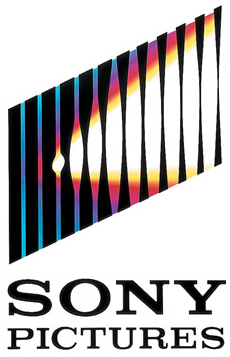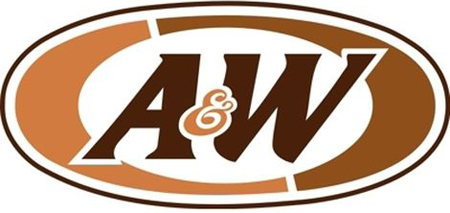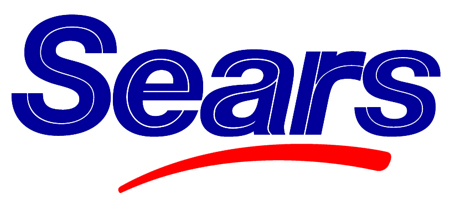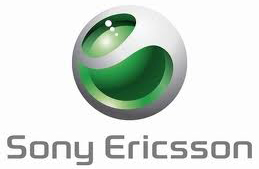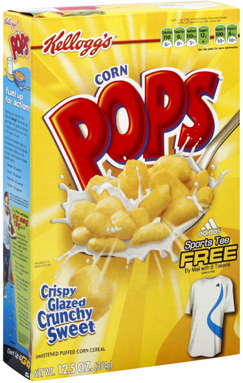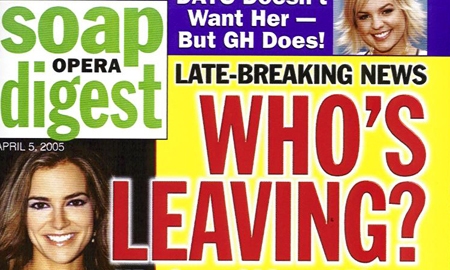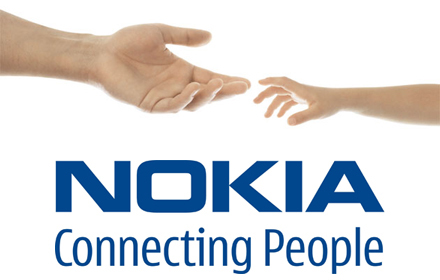Brands come and brands go. Some of them evolve, get iconic and celebrate anniversaries of successful business like Coca-Cola and Mercedes-Benz, and some have to move out of the market, giving space to more innovative and ambitious competitors. In this review we at Popsop will try to figure out if the 10 troubled brands, which according to 24/7 Wall St., “will disappear in 2012,” are really doomed. What they say really makes sense and should be taken seriously: for instance, last year, they predicted that T-Mobile won’t do on its own the following year, and in early March, “AT&T Inc. rose after agreeing to buy T-Mobile USA from Deutsche Telekom AG for $39 billion in cash and stock to create America’s largest mobile-phone company,” as Bloomberg reports. Still, they did wrong predictions for other companies including Kia and BP, which managed to do much better than it was expected (maybe, the predictions will turn to be correct, but over a longer period of time than stated).Of course, there might have been much more brands mentioned on the list, but the reviewers chose only ten, some of which are purely U.S. ones, and the rest have already become global. 24/7 Wall St. says that the following brands will bit the dust within 18 months, and the forecast is based on a range of ‘signs’ which may indicate the upcoming oblivion of a firm: the range of these include a downfall in sales, soon bankruptcy or selling-out, loss of consumers to name but a few. According to the online journal, in the coming year and a half, the following brands will be driven into oblivion: Sony Pictures, A&W, Saab, American Apparel, Sears, Sony Ericsson, Kellogg’s Corn Pops, MySpace, Soap Opera Digest, and Nokia. What have brought them to the edge? Keep on reading to find it out (the order is the same as in the original list).
1. Sony Pictures
Sony’s biopic is coming to its end. In 1989, Sony purchased Columbia Tri-Star Picture for $3.4 billion, but now, 22 years after this deal, the things are not as in the beginning—according to the piece, it “lost $3.1 billion in its latest fiscal on revenue of $86.5 billion,” more than in previous years, and it means that the company is about to be sold to another cinema giant. The company has now some of nice releases in stock—the upcoming ‘Friends with Benefits’ starring Justin Timberlake and Mila Kunis—but these are not the friends which can save the company. «The only valuable asset with which he can easily part is Columbia which would attract interest from a number of large media operations. Sony Entertainment will disappear with the sale of its assets,» says the piece.
2. A&W Restaurants
People like to eat, and in this era they want to eat fast and have tasty things on their plate. America has got numerous fast-food chains, some of which are dominating and eating up smaller ones. A&W Restaurants, owned by fast food holding company giant Yum! Brands, was on the foreground of the fast-food revolution in the states and pioneered the ‘drive-in’ fast food format, now is in the end of the line—in the end of 2010, it has 322 outlets in the U.S. and 317 outside the U.S., while McDonald’s has 32,000 restaurants in the USA only and Yum! flagship KFC had 5,055 stores in the U.S. and 11,798 overseas. The brand, which has been operating for about 100 years (since 1919), is ‘fading away.’ Obviously, it’s time for bigger players.
3. Saab
The car market is quite as saturated as the food one. There are all kinds of models which suit any tastes—sports cars, family autos, luxury vehicles, minis, everything you might want. Saab with its quite moderate models doesn’t seem to fit into this picture. Last year, the brand sold under 32,000 cars, and the situation is not improving. In 1989, GM bought 50% stake and management control of Saab, but in 2010 the car brand was purchased by Spyker, yet it didn’t save the brand as the sales were still going down. The help came from the east. In June, 2011, according to BBC, Saab owner Spyker reached “agreement with two Chinese firms to invest a total of 245m euros (£214m, $350m) in the firm” to reinvigorate the brand.
4. American Apparel
This apparel retailer is obviously moving towards bankruptcy—being founded in 1998, it had a bright (primarily thanks to its brave advertising), but a short life—of course, the manufacturer and retailer is still alive, it will soon be closed unless it improves the situation. “Further, if we were unable to implement a plan of reorganization or if sufficient debtor-in-possession financing were not available, we could be forced to liquidate under Chapter 7 of the U.S. Bankruptcy Code,” said the company’s annual report this year, according to Reuters. American Apparel closed 15 stores to end the previous quarter with 258 stores, the press release states, and according to the piece, “for the first quarter of this year, the retailer had net sales of $116.1 million, a 4.7% decline over sales of $121.8 million in the same period a year ago.” That doesn’t sound very optimistic.
5. Sears
Here, Sears Holdings, American chain of department stores, needs to take a decision and choose between Sears and Kmart—one to stay and one to be removed for ever. It just can’t run two of them on the same market where Target and Walmart are operating. Sears, which used to be a competitor to Kmart, merged with it in 2005, but has been doing worse than it new ‘frenemy.’ In the piece, it’s stated that “neither Sears nor Kmart have done well recently, but Sears’ domestic locations same store numbers were off 5.2% in the first quarter and Kmart’s were down 1.6%,” so it’s obvious that Sears should leave the scene to give the chance to another wing of the company.
6. Sony Ericsson
This venture was started by Sony and Ericsson to produce handset offerings for the global market. In the yearly years, it indeed managed to become a powerful competitor to Nokia (which is also featured on this list below), LG and Samsung, but it wasn’t innovative enough to go further like Apple and other companies. “In a period when smartphone sales worldwide are rising in the double digits and sales of the iPhone double year over year, Sony Ericsson’s unit sales dropped from 97 million in 2008 to 43 million last year,” says the overview. With such numbers, we might soon have to say goodbye to the mobile phones with the green spot. But not only lack of groundbreaking innovation is the reason. Nature has contributed to it as well. “Sony Ericsson sold 7.6 million phones in the second quarter, compared with forecasts for 8-11 million, as earthquake-related supply chain constraints cut sales of mostly expensive models by 1.5 million phones, or some 400 million euros,” states Reuters in an article dated July 15, 2011. Still, the company’s chief executive Bert Nordberg is optimistic about the company’s future saying that “second-half operating profit would have to grow 73% to 176 million euros.”
7. Kellogg’s Corn Pops
This is the only food brand which is predicted to retire according to the 24/7 Wall St. review. And it doesn’t seem to upset anybody if a brand like Kellogg’s Corn Pops leaves the market. “Sales of the brand dropped 18% over the year that ended in April, down to $74 million,” and it gives the territory for more successful brands like Cheerios or Quaker. Actually, there is not a big difference between them.
8. Soap Opera Digest
This magazine is based on the trend, which is dying out. Soap operas are no longer as popular as they used to be, so the press and digital recaps revolving around this theme are also losing their popularity. In the first year the magazine was published, 1988, it was read by 1.1 million people, and in 2010 only 490 thousand soap opera fans buy it (according to Wikipedia), so it’s high time to sell it or just close it.
9. MySpace
Facebook, Twitter, Google+… is there any room left for MySpace? Probably, not. It used to be the largest social network, but not it’s a good example of what happens with online destinations like that on arrival of better, smarter, fast-growing, etc. rivals. In 2005, MySpace, which was founded in 1999, was bought by News Corp for $580 million (quite a big sum for that time, but the service’s status was worth it), but after the popularity of the website reduced, the owner made its mind to sell the network. MySpace was purchased by Specific Media, a digital media company, on June 29, 2011, for only $35 million. “MySpace is a recognized leader that has pioneered the social media space. The company has transformed the ways in which audiences discover, consume and engage with content online,” said Tim Vanderhook, Specific Media CEO. “There are many synergies between our companies as we are both focused on enhancing digital media experiences by fueling connections with relevance and interest. We look forward to combining our platforms to drive the next generation of digital innovation.”
10. Nokia
Sony Ericsson is not the only one mobile phone maker on the edge of extinction this year. It’s also predicted that Nokia is going to leave us soon as well. According to press release as of February 11, 2011, “Nokia and Microsoft announced plans to form a broad strategic partnership that would use their complementary strengths and expertise to create a new global mobile ecosystem,” and as part of this partnership, the mobile maker “would adopt Windows Phone as its principal smartphone strategy.” The conditions are not that perfect for Nokia, but in general, it’s not the end of the Finland-based company. Still, as the piece on 247wallst.com informs, “Nokia sold 25% of the global total of 428 million units sold in the first quarter.” Probably, soon we’ll read that Nokia becomes part of some other corporation—let’s say, HTC, Samsung, LG or Microsoft.
Now that the predictions are made, we’ll just have to wait one year to see which of them come true. No regret about 9 of them, but Nokia should really stay. We hope it will.
